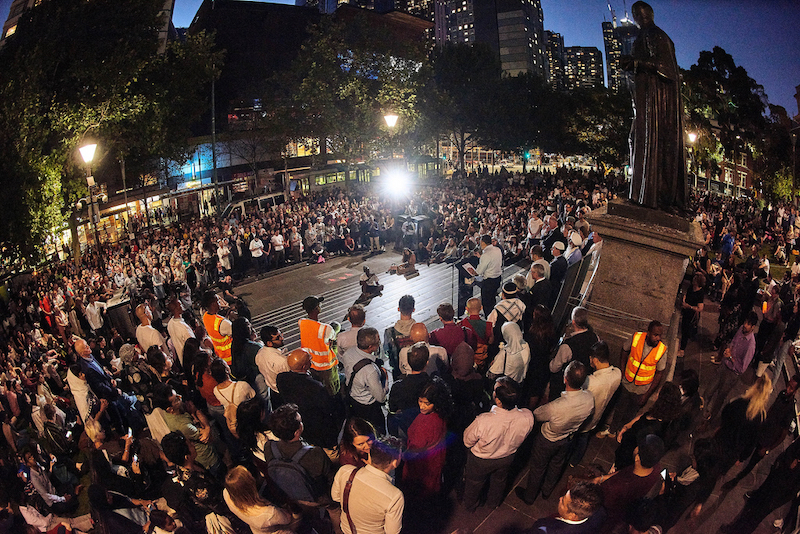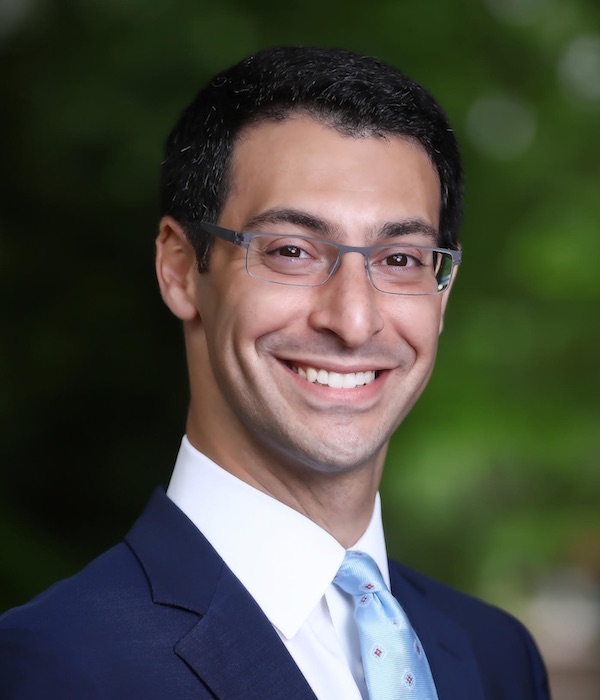The Christchurch Shooting: Domestic Terrorism Goes International
The United States has long built its approach to counterterrorism based on a fundamental distinction between “international terrorism” and “domestic terrorism.” The phrases were always misnomers to some degree, but the recent mass shooting at two mosques in Christchurch, New Zealand, has revealed just how unsuitable that distinction is for today’s terrorist threats.

Published by The Lawfare Institute
in Cooperation With

The United States has long built its approach to counterterrorism based on a fundamental distinction between “international terrorism” and “domestic terrorism.” The phrases were always misnomers to some degree, but the recent mass shooting at two mosques in Christchurch, New Zealand, has revealed just how unsuitable that distinction is for today’s terrorist threats. Governments must reorient their counterterrorism approaches to reflect an environment in which all terrorist threats have transnational dimensions—and they must do so quickly to address the growing threat of far-right violent extremism.
The phrases “international terrorism” (think of the Islamic State and al-Qaeda) and “domestic terrorism” (think of the Oklahoma City bombing and the October 2018 shooting at a Pittsburgh synagogue) have often been a source of confusion to those not steeped in counterterrorism. The Islamic State has its roots internationally, but what makes it such a threat to Americans is, in part, its ability to influence domestic actors like Omar Mateen to kill Americans in domestic locations like Orlando, Florida. The group may be “international,” but its attackers and attacks can be, and have been, domestic—to tragic effect.
In contrast, killers like Robert Bowers, who gunned down 11 worshipers at the Tree of Life Synagogue and injured many others, was motivated not by allegiance to a foreign terrorist organization like the Islamic State but by what typically have been thought of as “domestic” political, social, or ideological grievances: in Bowers’s case, a hatred of Jews and desire to preserve what he referred to as “my people.”
Last week’s terrible killing of 50 Christchurch residents while they prayed at two mosques revealed how inapt the distinction between “international” and “domestic” terrorism has become. Brenton Tarrant, the Australian suspect now in custody for these murders, is reported to lack concrete ties to any international organization like the Islamic State—but, nonetheless, he cited an expansive range of international influences in his online manifesto. Those included other “domestic terrorists,” like the Norwegian killer Anders Behring Breivik, who killed 77 people in July 2011, and Dylann Roof, the American white supremacist who slaughtered nine African-American worshipers at a church in South Carolina in 2015.
From Tarrant’s manifesto, it appears that his previous travel abroad might have brought him into contact with like-minded individuals in Europe. And his tactics replicate those of international terrorist groups. That includes his use of social media to broadcast his rampage in real-time, a move reminiscent of al-Shabaab’s use of Twitter during its September 2013 killings at Nairobi’s Westgate mall and of the pledge of loyalty to the Islamic State made by an attacker using a video sent from his phone before he killed 12 people in Berlin in December 2016. It also includes Tarrant’s abhorrent decision to attack worshippers mid-prayers, much as international terrorist groups have done in Egypt, Iraq, and Pakistan—and as Bowers, a domestic terrorist, did in Pittsburgh.
All told, so-called domestic terrorists have gone global: they’ve become transnational in influence and impact. Through social media and the widespread availability of end-to-end encrypted communications platforms, which can allow would-be terrorists to evade law enforcement and intelligence community surveillance when they communicate, those connections will only deepen. Investigators in New Zealand are surely exploring whether Tarrant’s claim to have been in “brief” direct communication with Breivik is accurate. If so, two “domestic terrorists” would have directly collaborated internationally.
This is, in a sense, “international terrorism” in a purer form than the U.S. government has been accustomed to as Americans have focused on the Islamic State and al-Qaeda. It’s international not in its roots in the ideology of a foreign terrorist organization, but in its tactics of deliberately targeting civilians to advance a political agenda through the fear, intimidation and coercion that deadly violence provokes. So the transnational nature of today’s terrorists like Tarrant in their tactics makes for international terrorism at its very essence.
Governments need to cooperate with each other to address terrorists like Tarrant in ways previously reserved for groups like the Islamic State. The kind of sharing with partners in which the United States routinely engages regarding the Islamic State-linked and al-Qaeda-linked threats is quite wide-ranging. It includes the identities of key online radicalizers and operatives, the transnational links and networks maintained by such individuals, the specific tactics being pursued by aspiring terrorists, and much more. To date, most information sharing on domestic terrorism has focused more on analysis of broad trends in rhetoric and recruitment tactics, the nature of the radicalization process and the merits of various strategies to counter violent extremism. Given the growing transnational character of the problem of far-right violent extremism, it is imperative that these sharing arrangements be thoroughly reviewed and that governments pursue more expansive exchanges of information about specific threats of concern.
Likewise, Americans must do more at home to address domestically based actors. Congress should consider enacting a domestic terrorism statute that would criminalize acts of terrorism based on “domestic” grievances. This not only would put domestic terrorism on the same moral plane as international terrorism—increasing awareness and building trust with communities—but also would enable better data collection about the domestically-based terrorist threat, direct more resources toward prevention and fill a current statutory gap.
Expanding the mission of the National Counterterrorism Center to include threat analysis, information sharing, and strategic operational planning for the domestic terrorist threat would be another good start. At present, the FBI carries the lion’s share of the burden of working to counter domestic terrorism—collecting intelligence, analyzing that intelligence, conducting investigations, and working with the Justice Department to pursue criminal prosecutions where warranted. While U.S. law enforcement authorities do admirable work in this area and there are many successes to be counted, this approach is far short of the “whole-of-government” approach the United States uses against international terrorist adversaries.
None of these critical efforts abroad and at home would require designating domestic organizations as terrorist organizations as the United States designates “foreign terrorist organizations” like the Islamic State and al-Qaeda. This avoids some of the constitutional issues such designations would raise. But all would be vital initial steps in recognizing that domestic terrorism isn’t purely “domestic” any longer, and must be treated with the same commitment and resources as the international terrorist threat.




.jpg?sfvrsn=d45482bc_5)

_-_flickr_-_the_central_intelligence_agency_(2).jpeg?sfvrsn=c1fa09a8_7)
